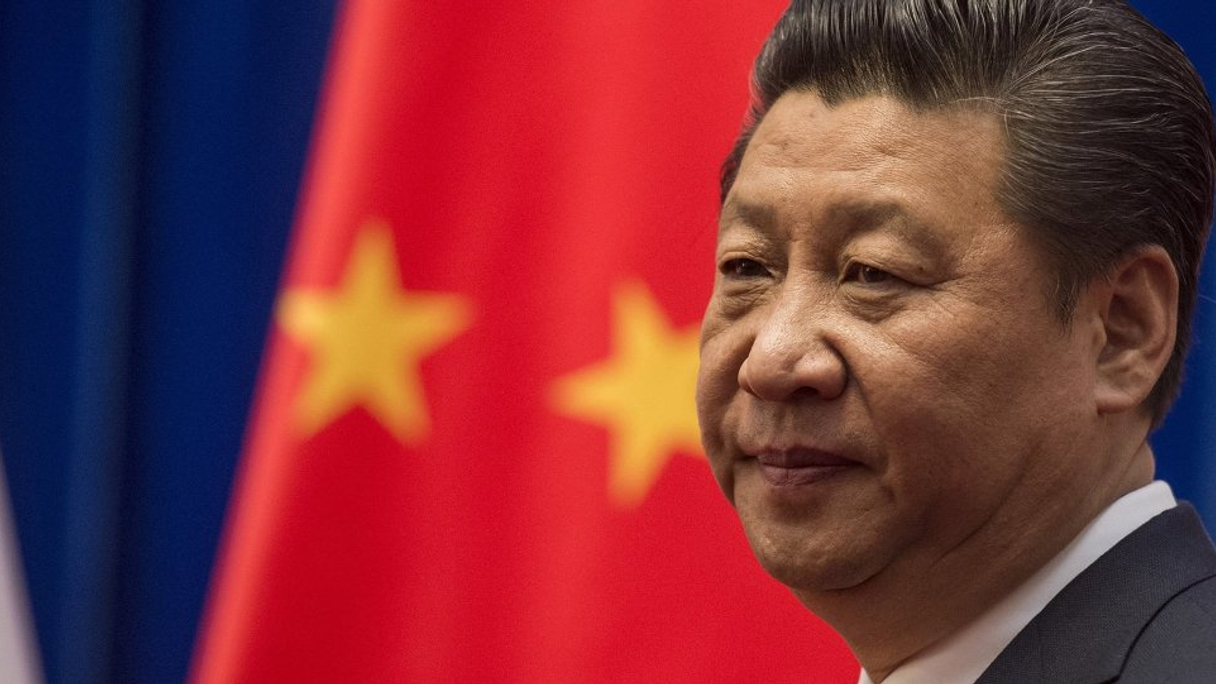China’s trillion-dollar Belt and Road Initiative is hailed as the “project of the century” as the world’s second-largest economy looks to take the lead role in globalisation historically held by the West.
¬ Haymarket Media Limited. All rights reserved.



